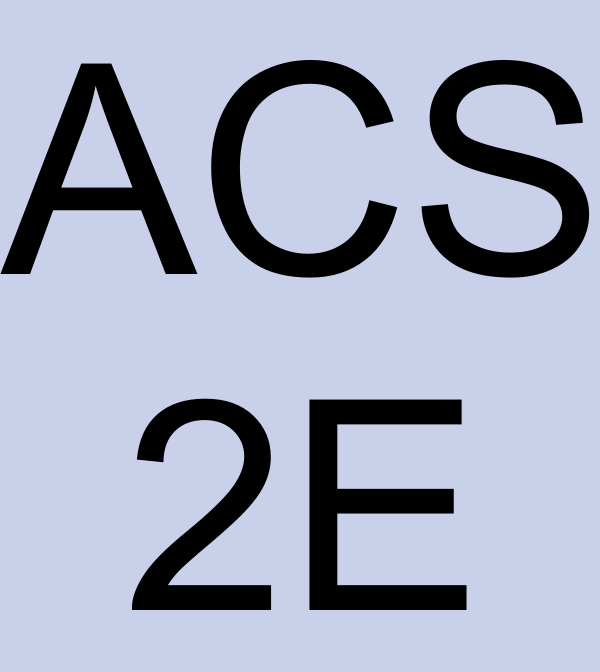Skip to main content
Contents Index Dark Mode Prev Up Next \(\newcommand{\dollar}{\$}
\DeclareMathOperator{\erf}{erf}
\DeclareMathOperator{\arctanh}{arctanh}
\DeclareMathOperator{\arcsec}{arcsec}
\newcommand{\lt}{<}
\newcommand{\gt}{>}
\newcommand{\amp}{&}
\definecolor{fillinmathshade}{gray}{0.9}
\newcommand{\fillinmath}[1]{\mathchoice{\colorbox{fillinmathshade}{$\displaystyle \phantom{\,#1\,}$}}{\colorbox{fillinmathshade}{$\textstyle \phantom{\,#1\,}$}}{\colorbox{fillinmathshade}{$\scriptstyle \phantom{\,#1\,}$}}{\colorbox{fillinmathshade}{$\scriptscriptstyle\phantom{\,#1\,}$}}}
\)
Activity 5.4.4 .
Evaluate each of the following indefinite integrals.
(a)
\(\int x^2 \sin(x) \, dx\)
(b)
\(\int t^3 \ln(t) \, dt\)
(c)
\(\int e^z \sin(z) \, dz\)
(d)
\(\int s^2 e^{3s} \, ds\)
(e)
\(\int t \arctan(t) \,dt\) (
Hint: At a certain point in this problem, it is very helpful to note that
\(\frac{t^2}{1+t^2} = 1 - \frac{1}{1+t^2}\text{.}\) )

